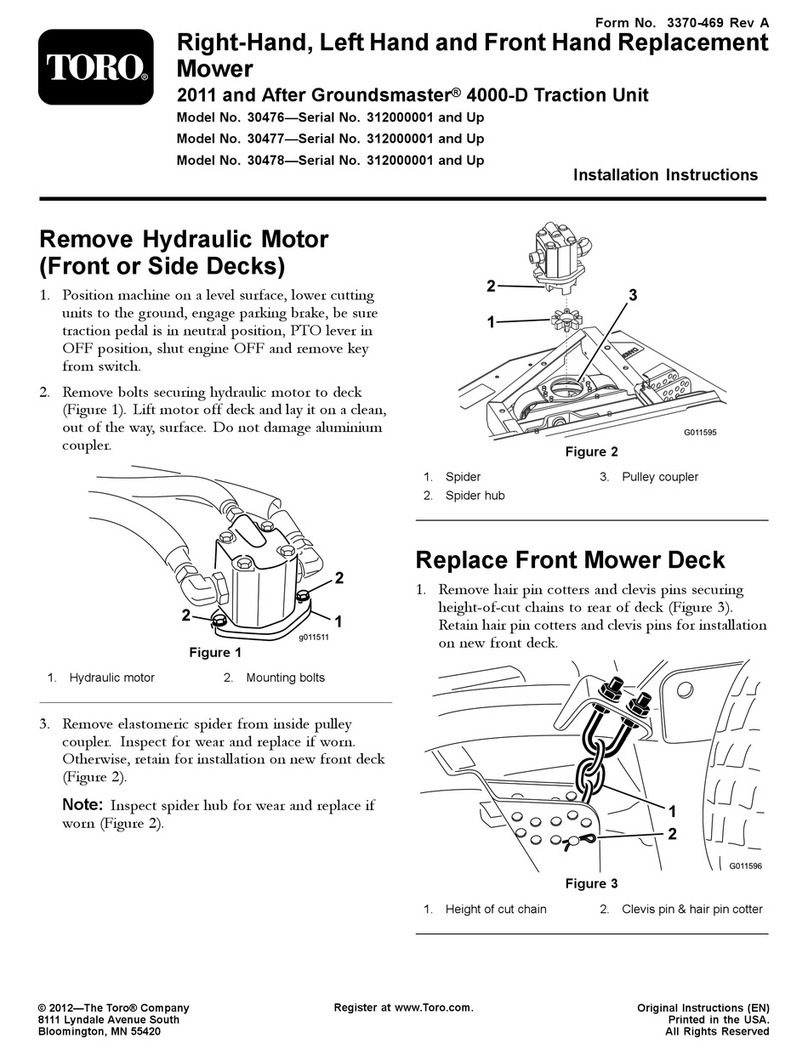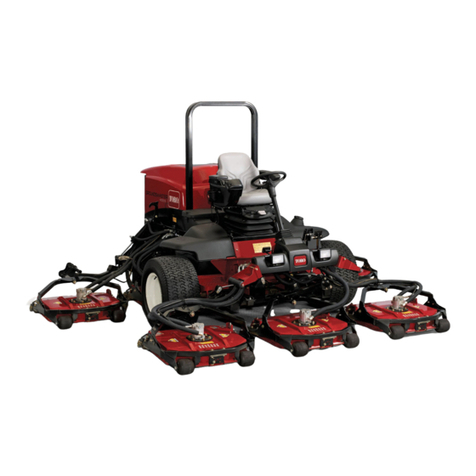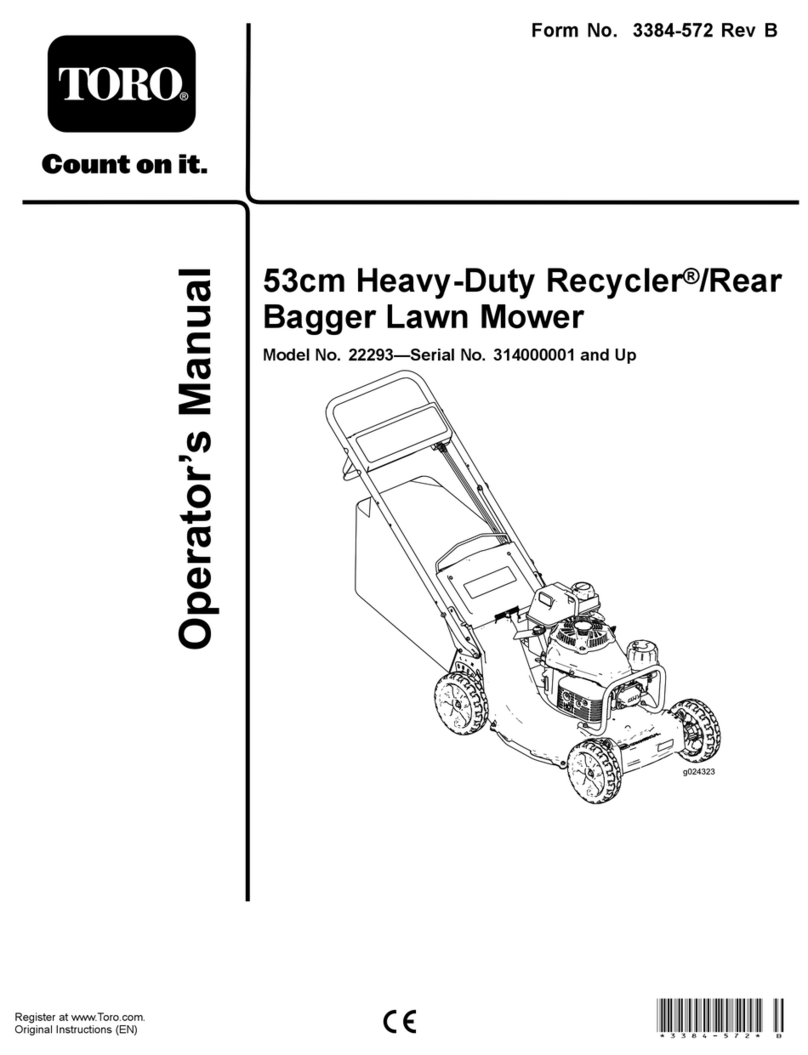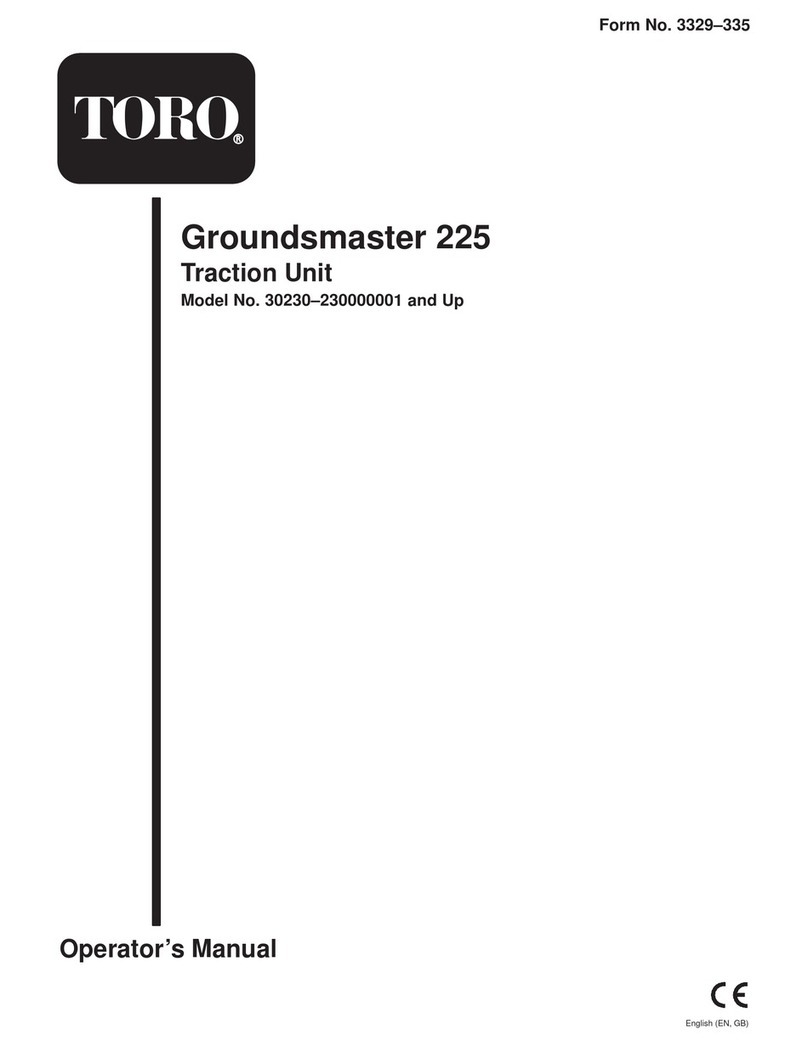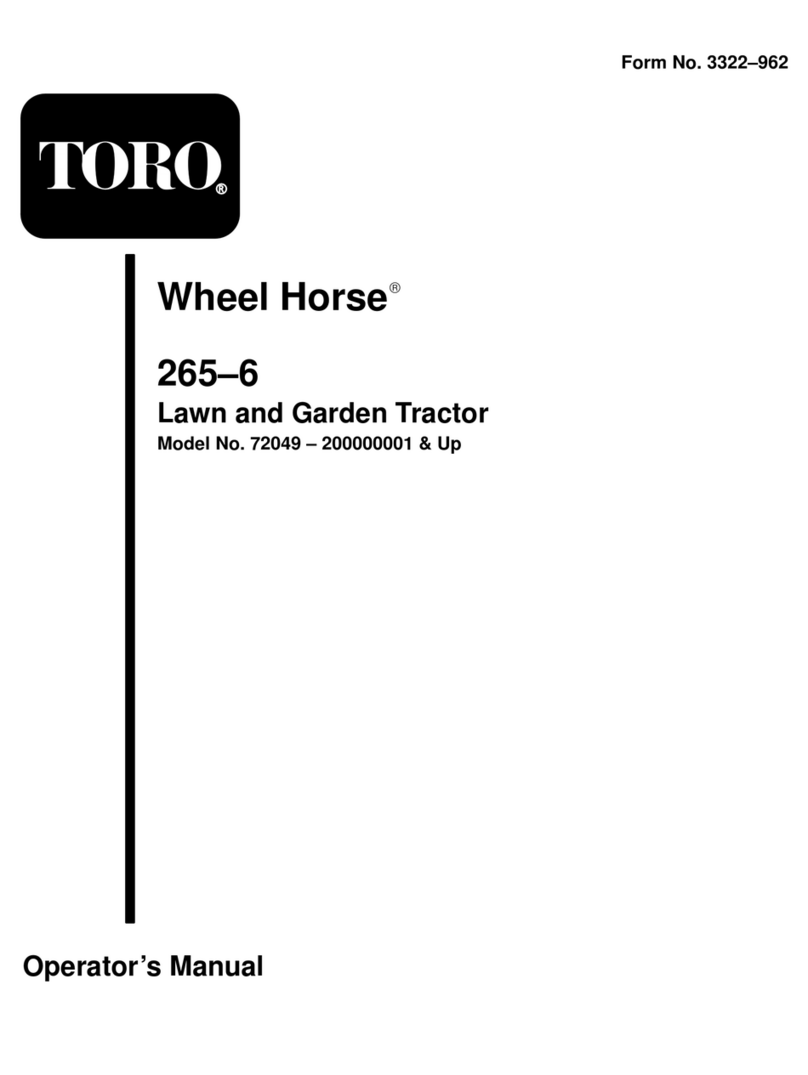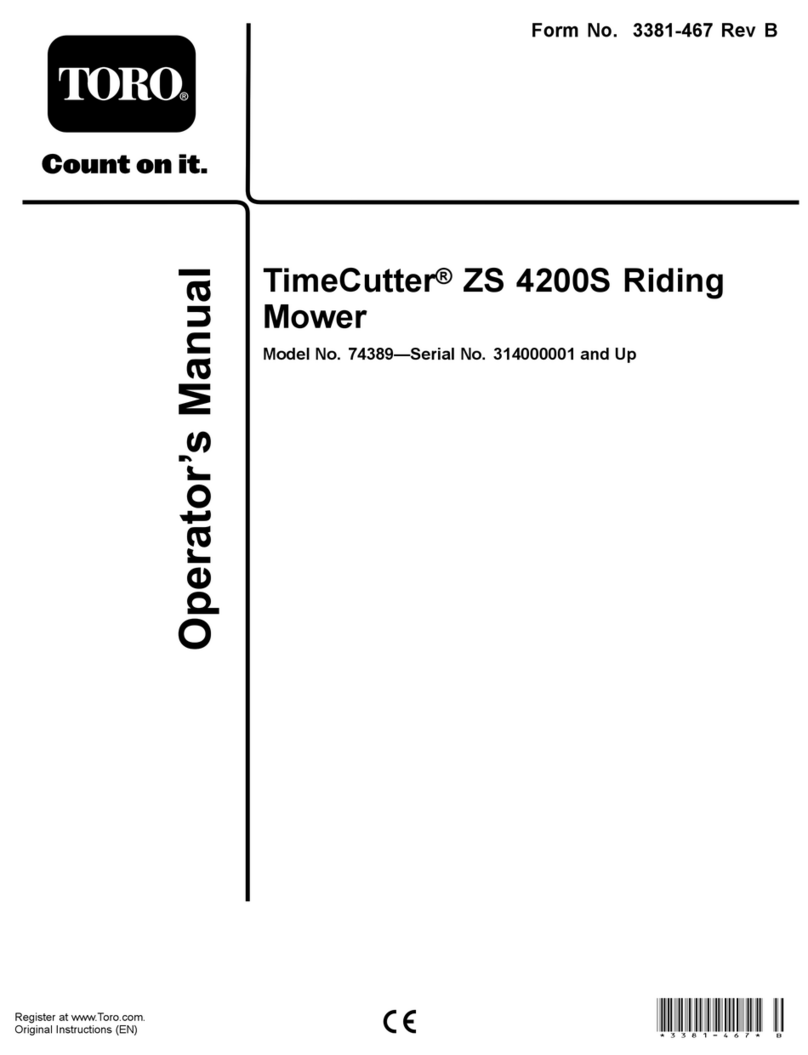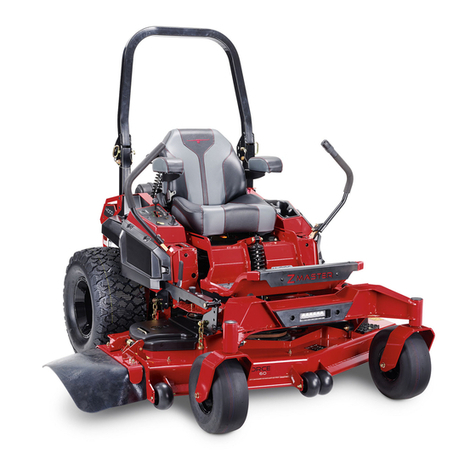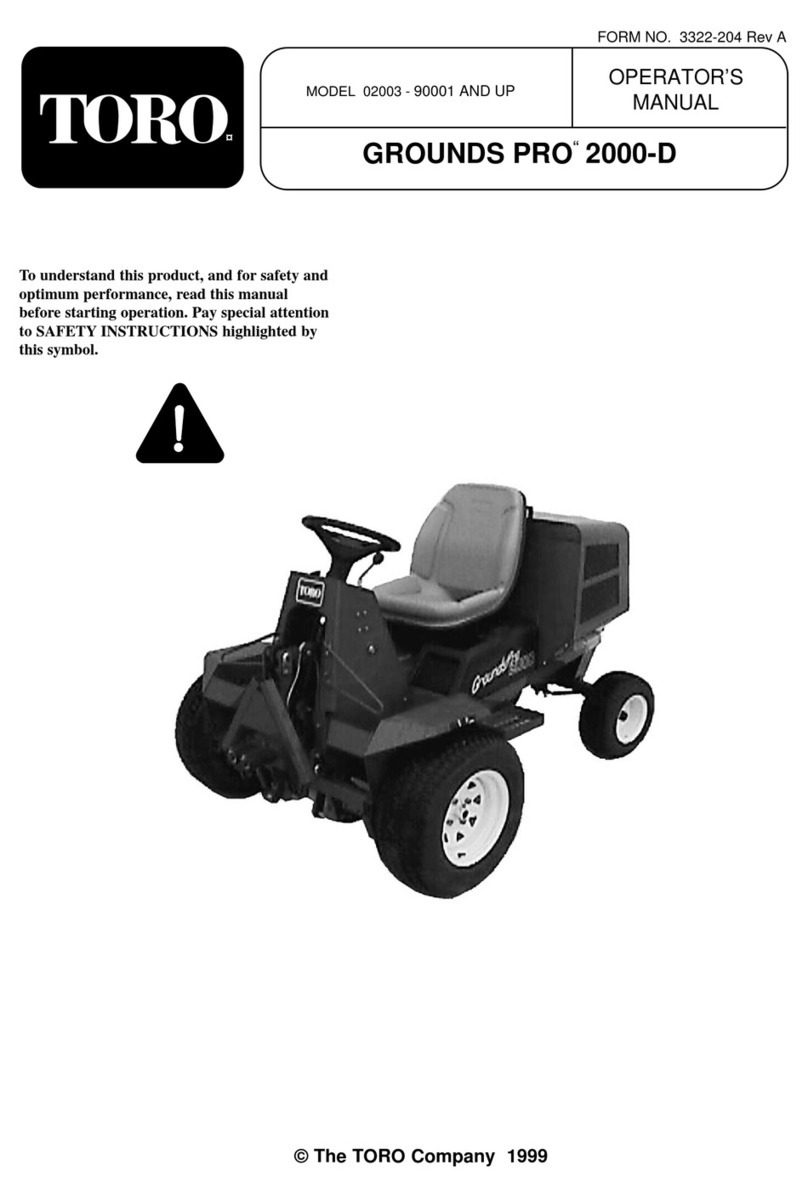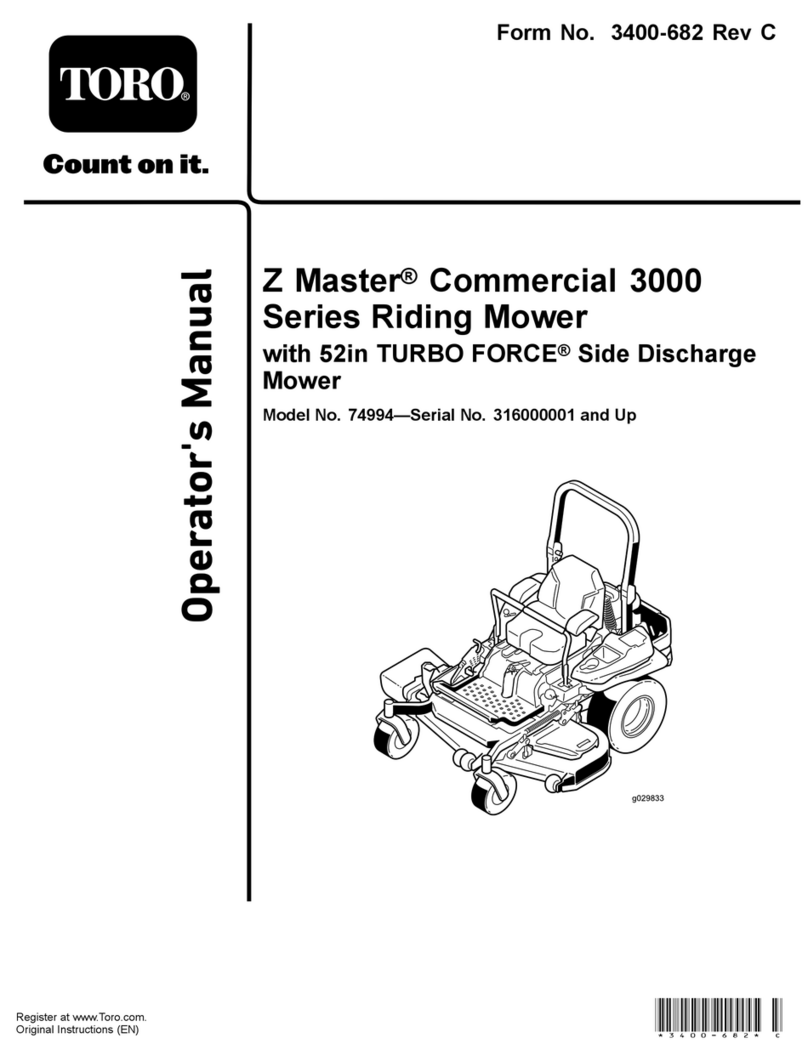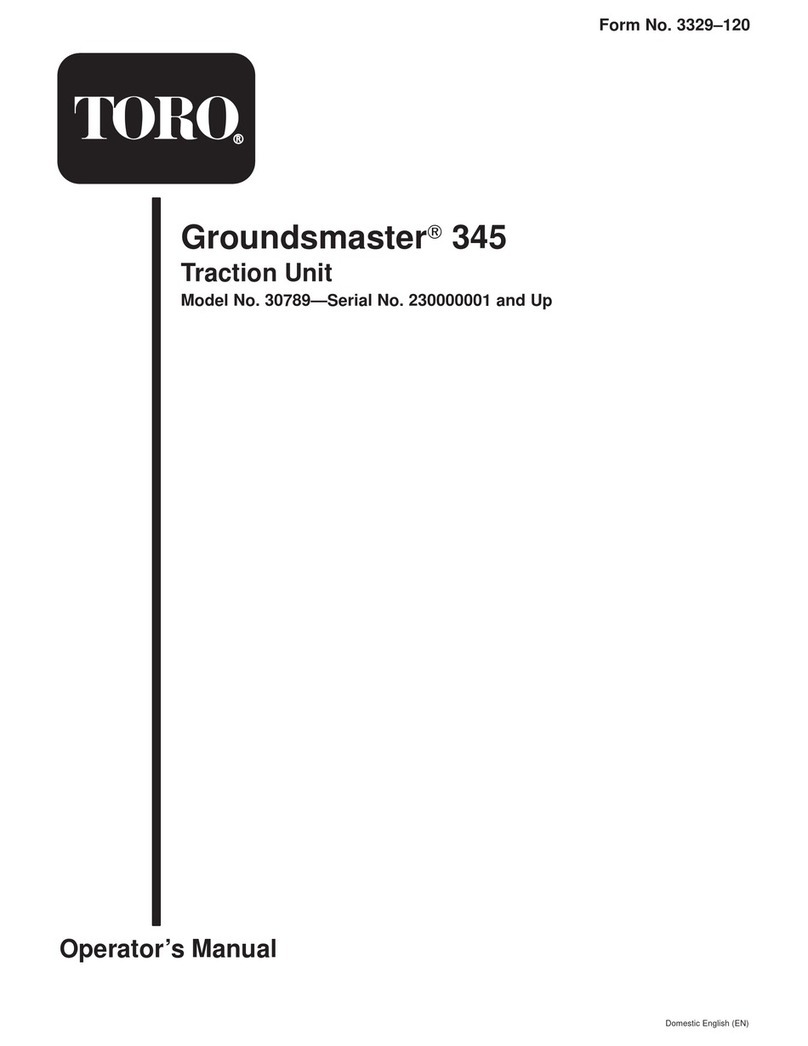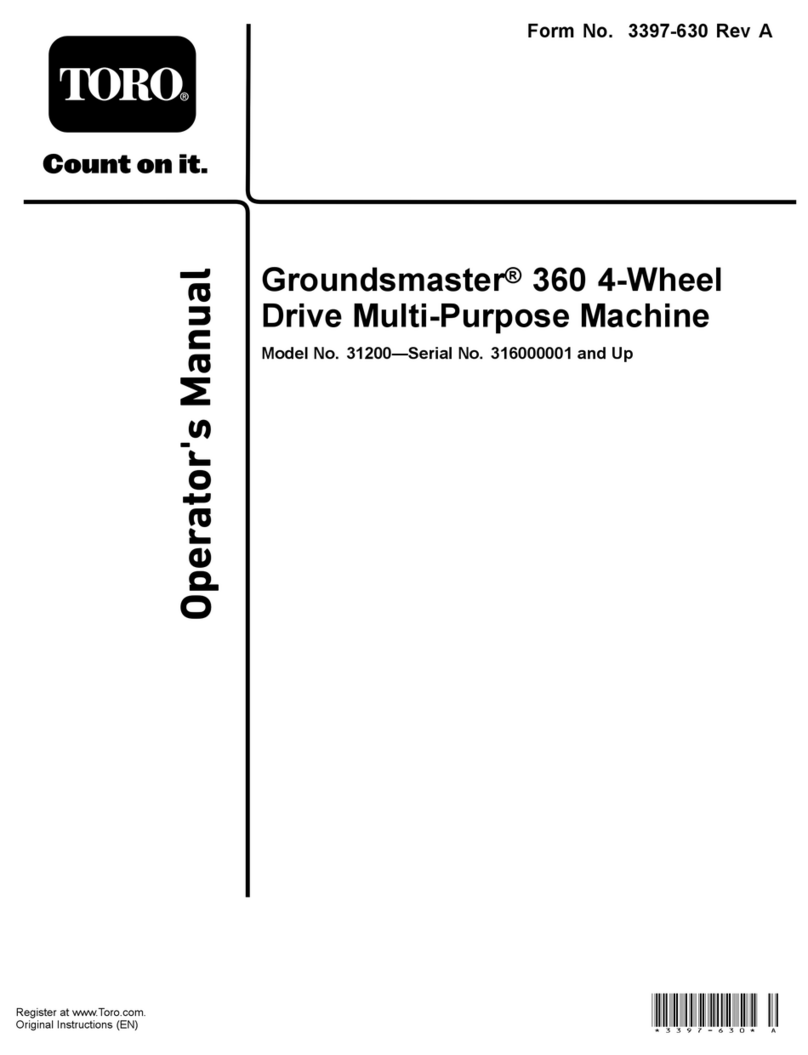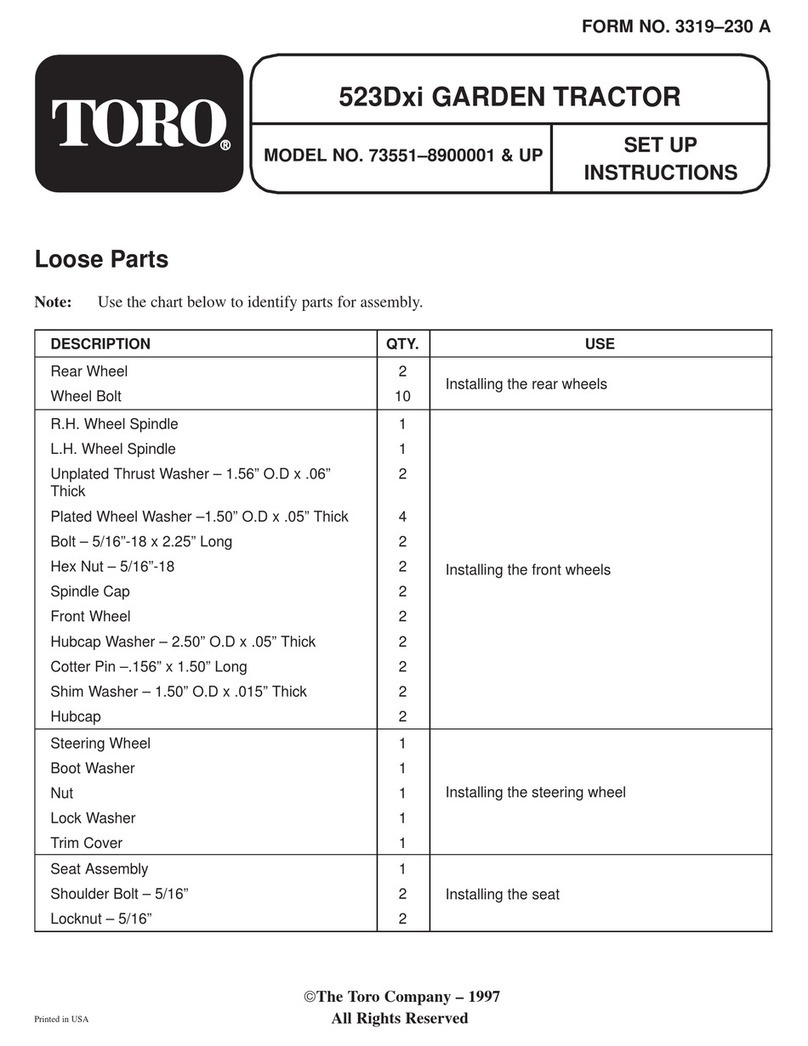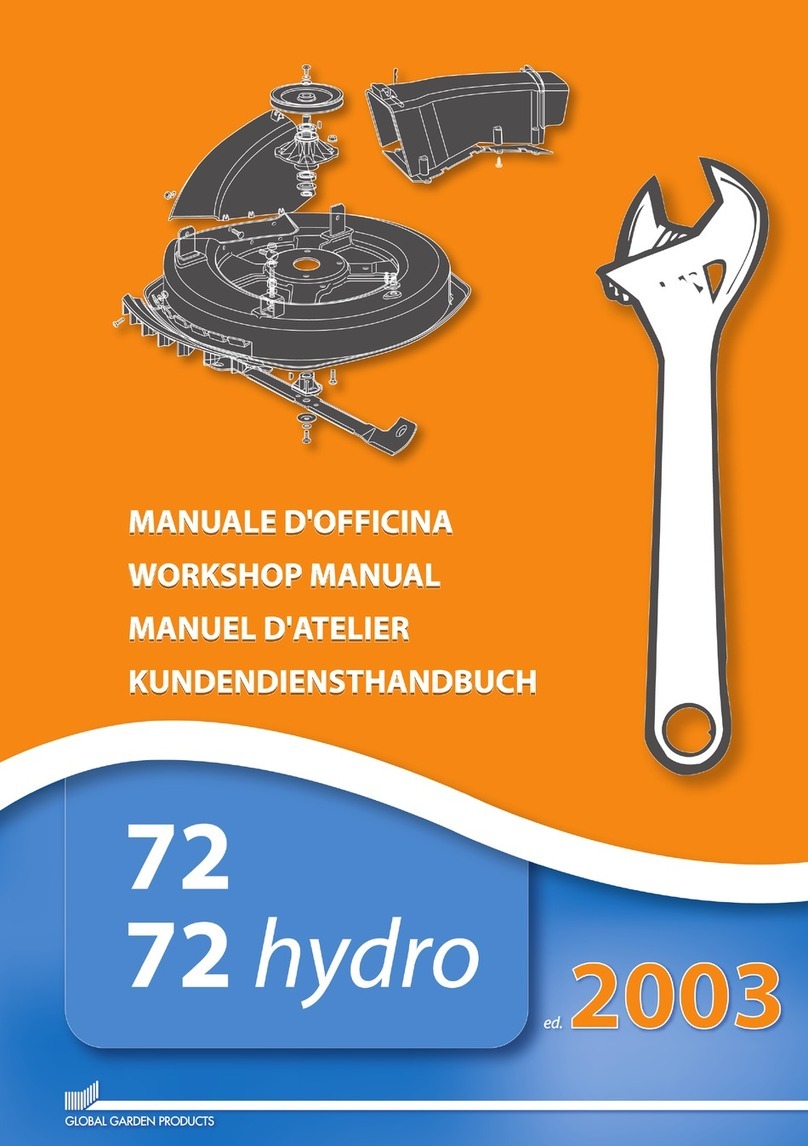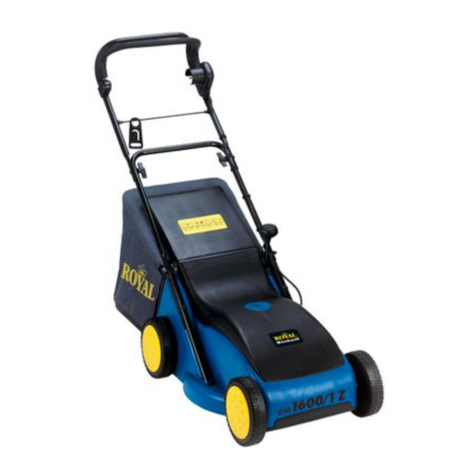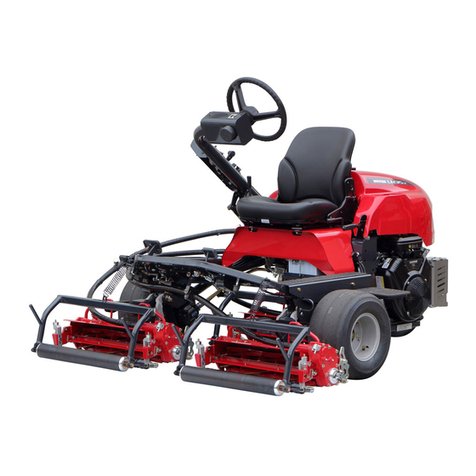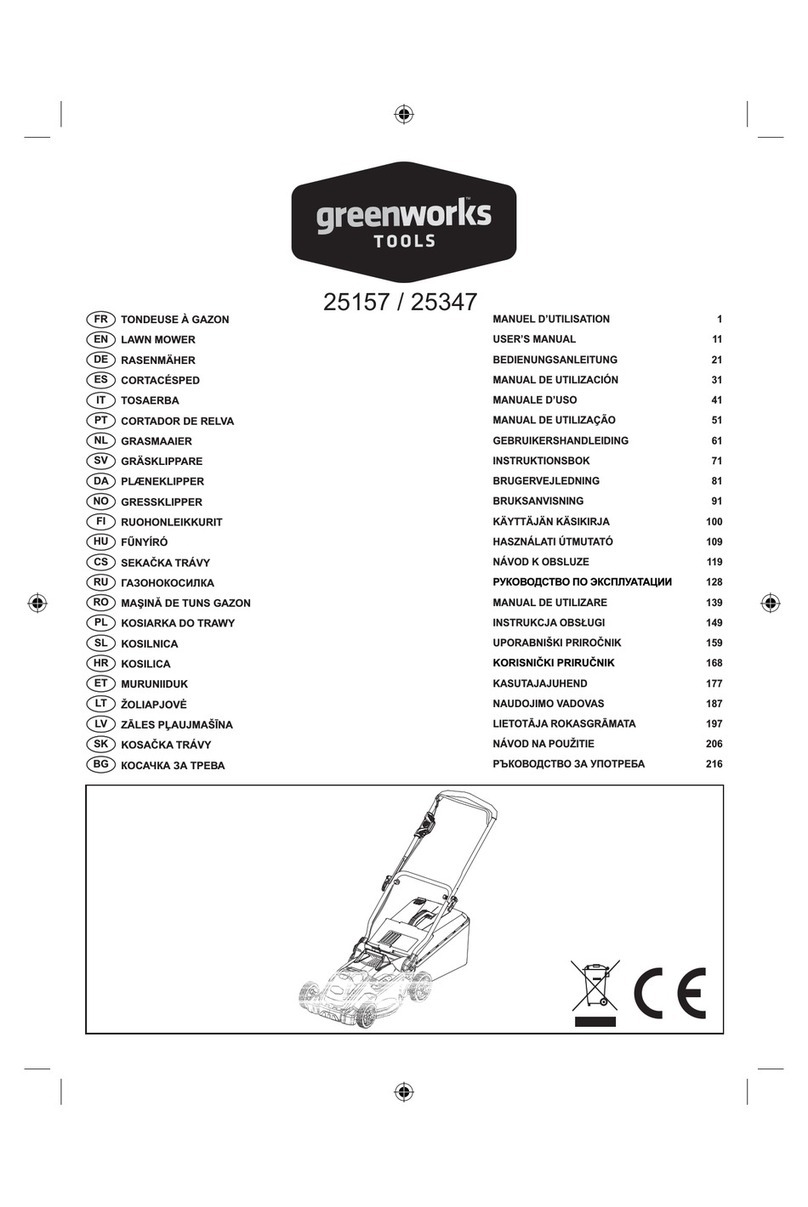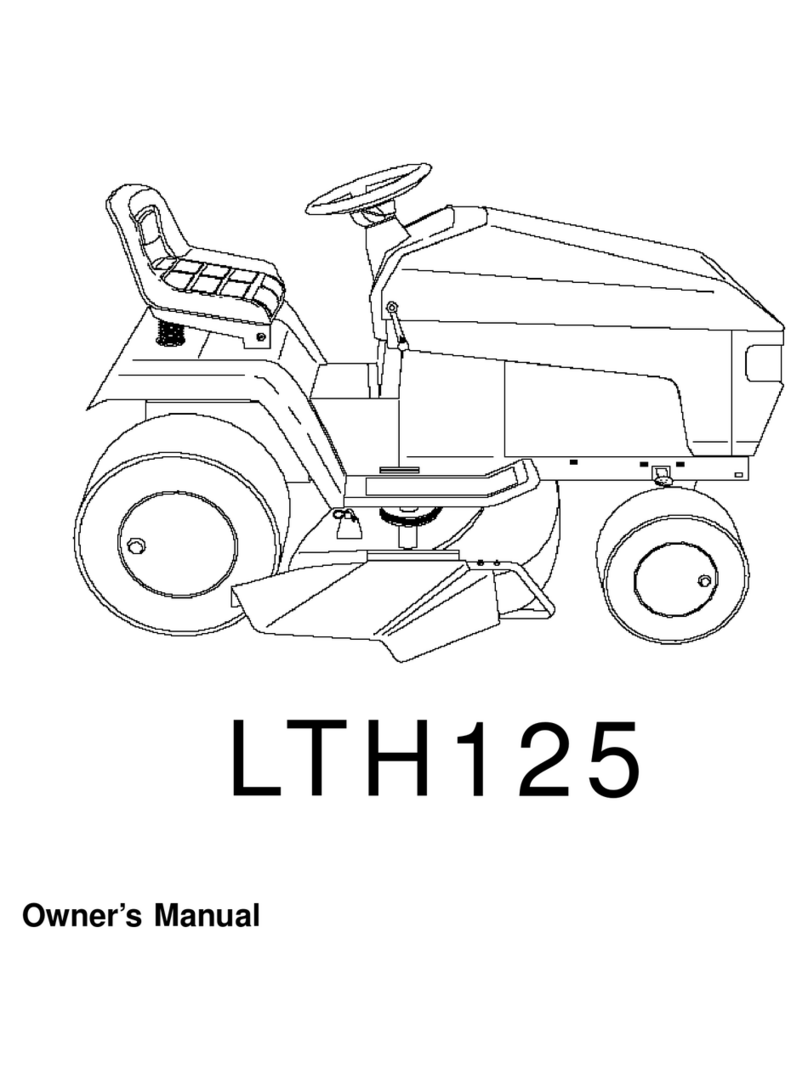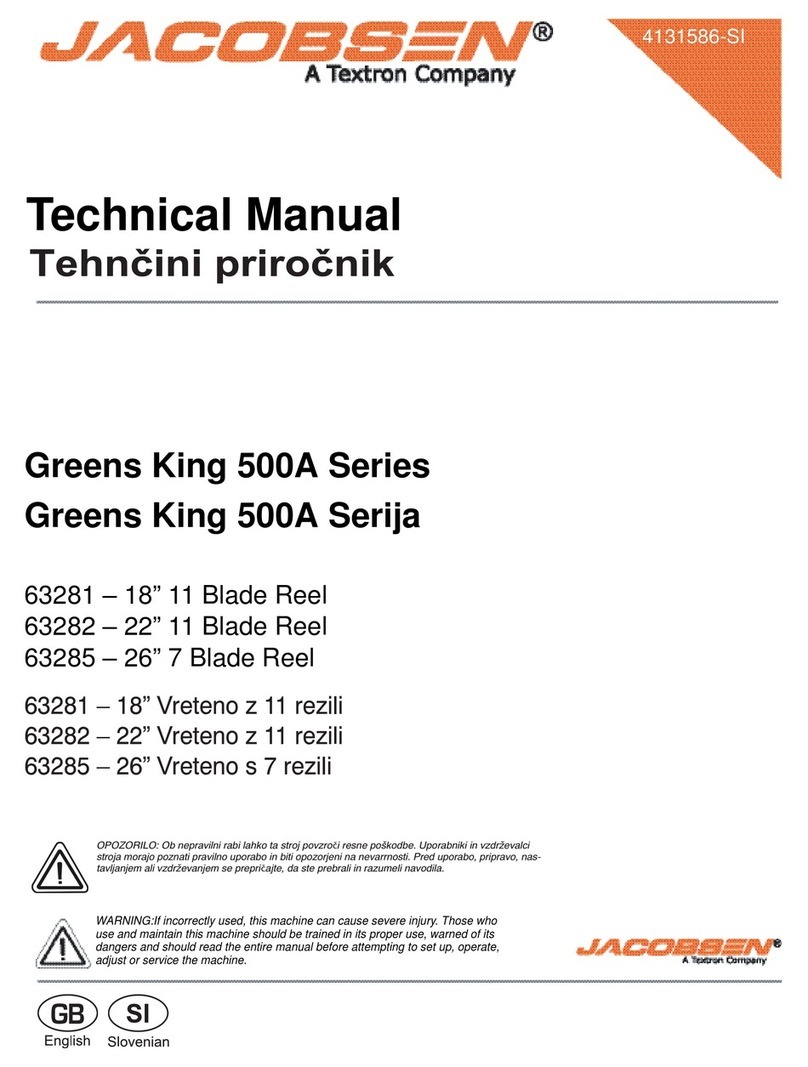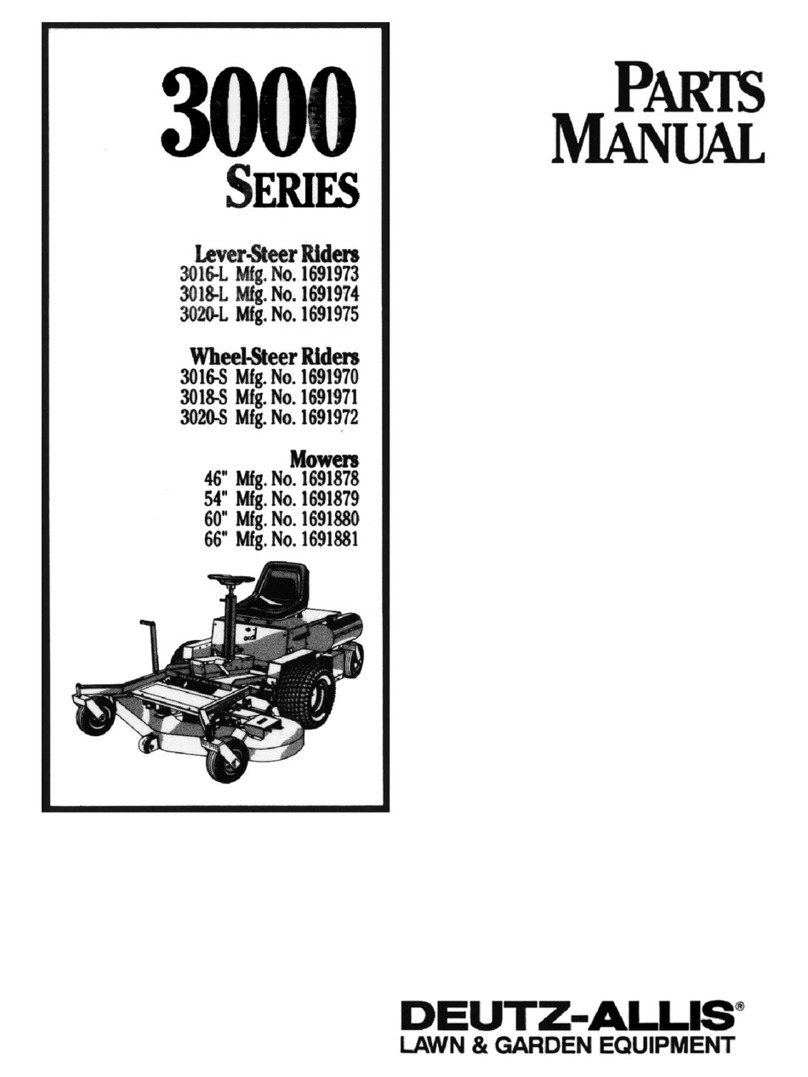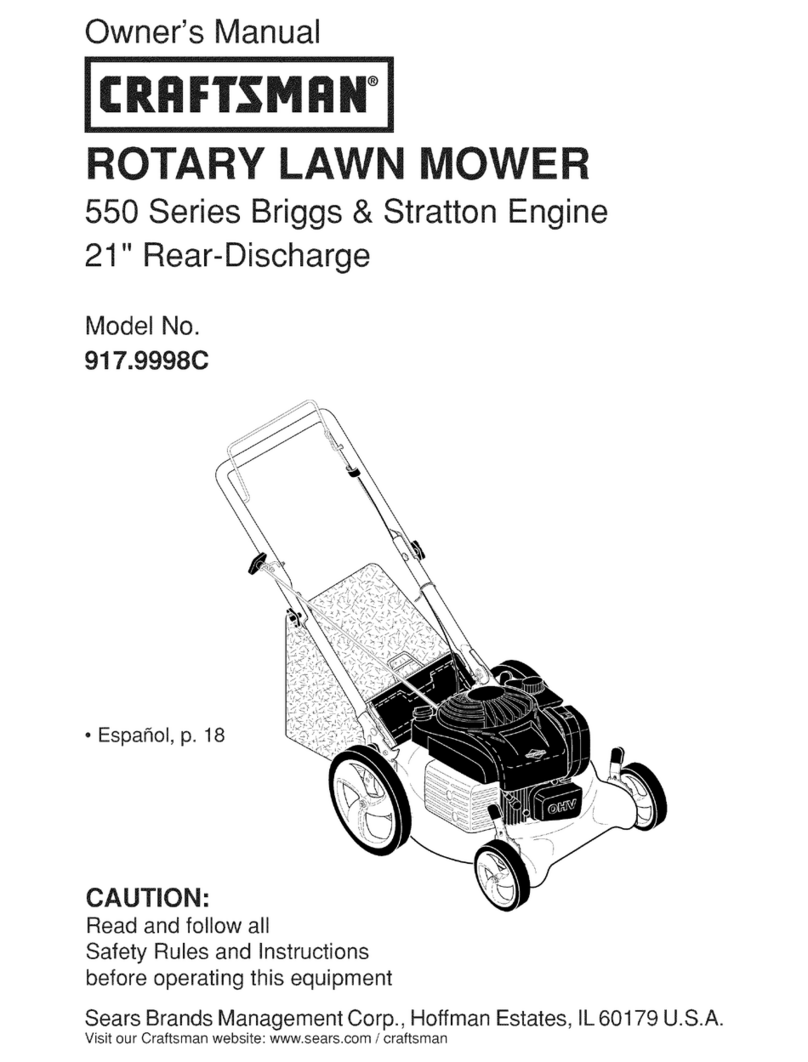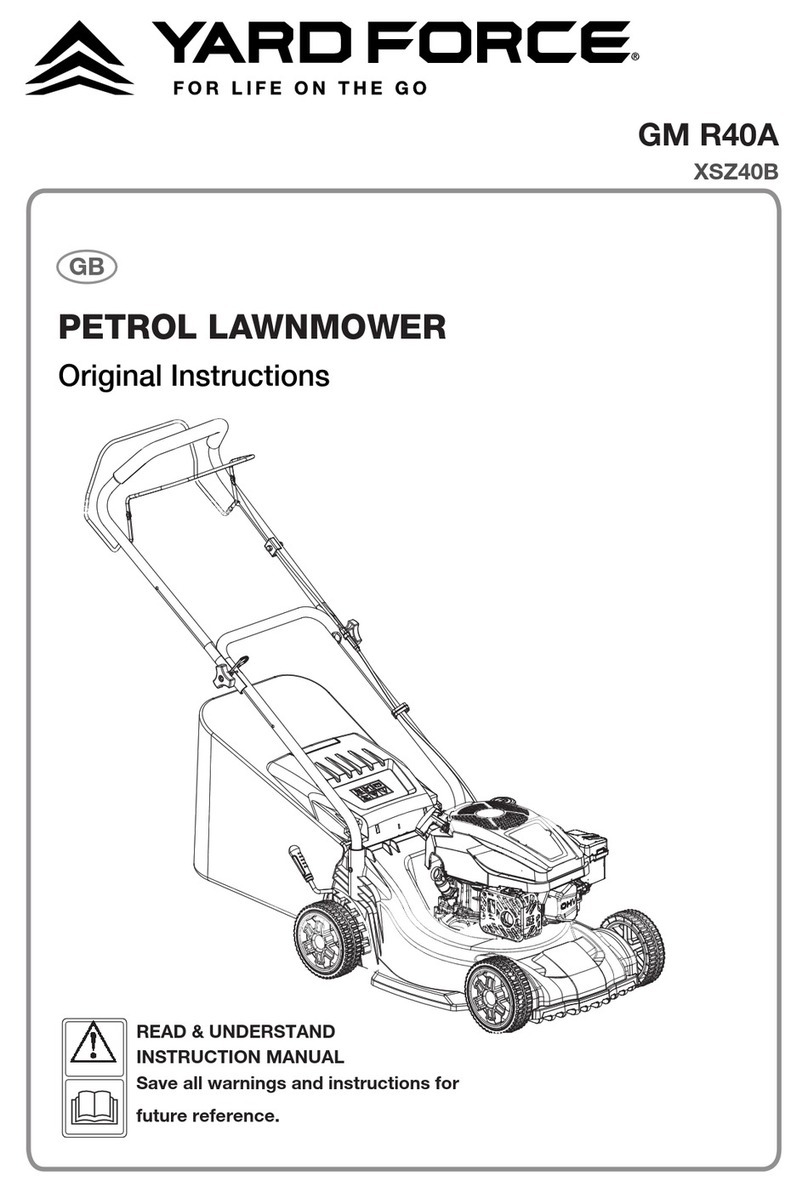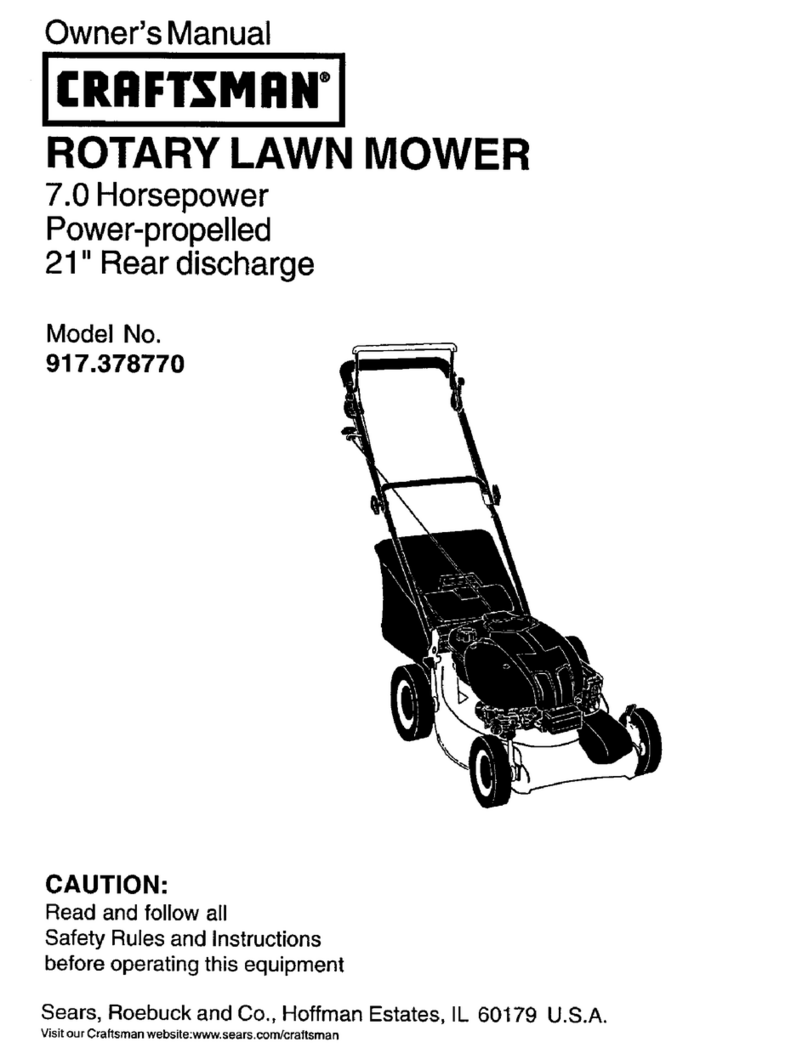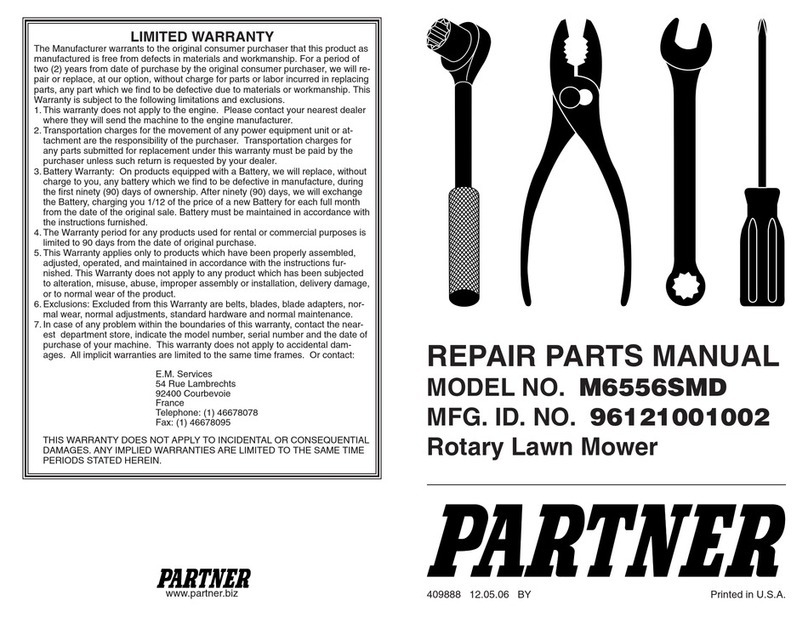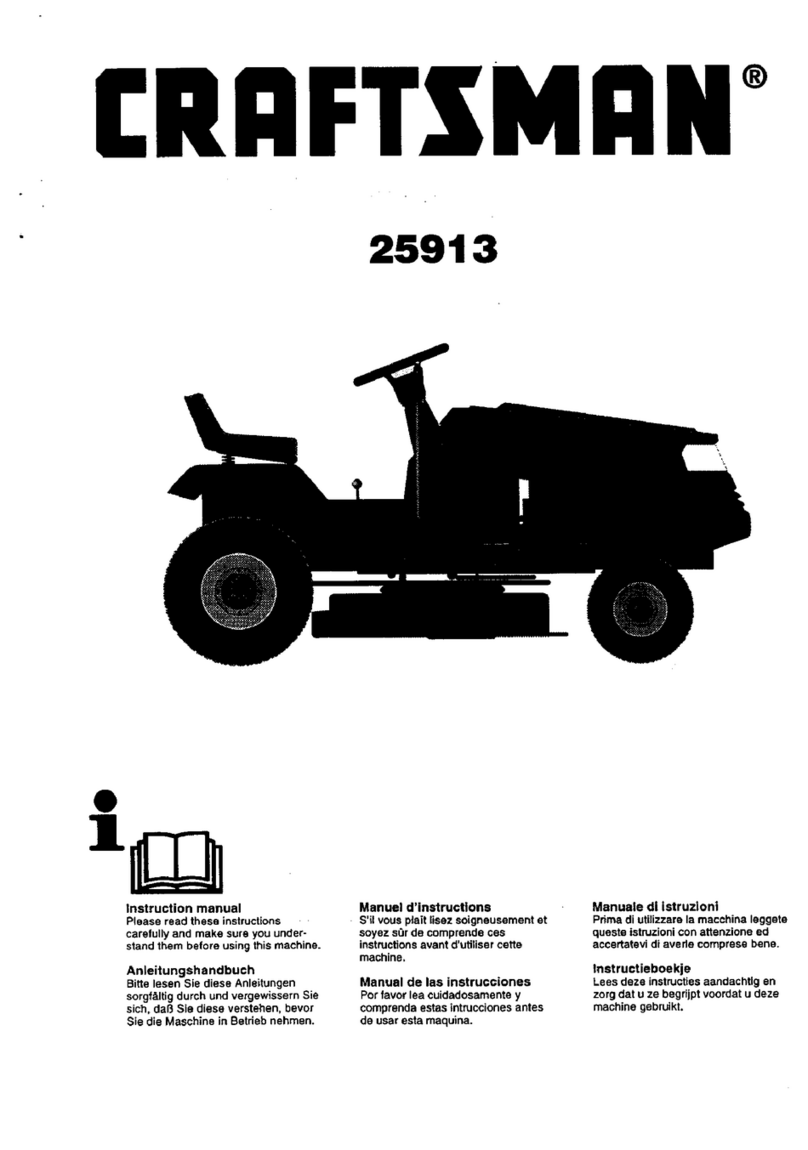
WARNING
CALIFORNIA
Proposition 65 Warning
This product contains a chemical or chemicals
known to the State of California to cause cancer,
birth defects, or reproductive harm.
The engine exhaust from this product
contains chemicals known to the State of
California to cause cancer, birth defects,
or other reproductive harm.
This spark ignition system complies with Canadian ICES-002
It is a violation of California Public Resource Code
Section 4442 or 4443 to use or operate the engine on any
forest-covered, brush-covered, or grass-covered land unless
the engine is equipped with a spark arrester, as dened in
Section 4442, maintained in effective working order or the
engine is constructed, equipped, and maintained for the
prevention of re.
Gross Horsepower
The gross or net horsepower of this engine was laboratory
rated by the engine manufacturer in accordance with the
Society of Automotive Engineers (SAE) J1940. As congured
to meet safety, emission, and operating requirements,
the actual engine torque on this class of mower will be
signicantly lower.
Go to www.Toro.com to view specications on your mower
model.
Important: If you are using a machine with a Toro
engine above 1500 m (5,000 ft) for a continuous period,
ensure that the High Altitude Kit has been installed so
that the engine meets CARB/EPA emission regulations.
The High Altitude Kit increases engine performance
while preventing spark-plug fouling, hard starting, and
increased emissions. Once you have installed the kit,
attach the high-altitude label next to the serial decal
on the machine. Contact any Authorized Toro Service
Dealer to obtain the proper High Altitude Kit and
high-altitude label for your machine. To locate a dealer
convenient to you, access our website at www.Toro.com
or contact our Toro Customer Care Department at the
number(s) listed in your Emission Control Warranty
Statement.
Remove the kit from the engine and restore the engine
to its original factory conguration when running the
engine under 1500 m (5,000 ft). Do not operate an engine
that has been converted for high-altitude use at lower
altitudes; otherwise, you could overheat and damage
the engine.
If you are unsure whether or not your machine has been
converted for high-altitude use, look for the following
label.
decal127-9363
Introduction
This machine is a ride-on, rotary-blade lawn mower intended
to be used by homeowners in residential applications. It is
primarily designed for cutting grass on well-maintained lawns.
It is not designed for cutting brush, mowing grass and other
growth alongside highways, or for agricultural uses.
Read this information carefully to learn how to operate and
maintain your product properly and to avoid injury and
product damage. You are responsible for operating the
product properly and safely.
You may contact Toro directly at www.Toro.com for product
safety and operation training materials, accessory information,
help nding a dealer, or to register your product.
Whenever you need service, genuine Toro parts, or additional
information, contact an Authorized Service Dealer or Toro
Customer Service and have the model and serial numbers of
your product ready. Figure 1 identies the location of the
model and serial numbers on the product. Write the numbers
in the space provided.
g188142
Figure 1
Under the seat
1. Model and serial number plate
Write the product model and serial numbers in the space
below:
© 2017—The Toro® Company
8111 Lyndale Avenue South
Bloomington, MN 55420 2
Contact us at www.Toro.com.
Printed in the USA
All Rights Reserved
